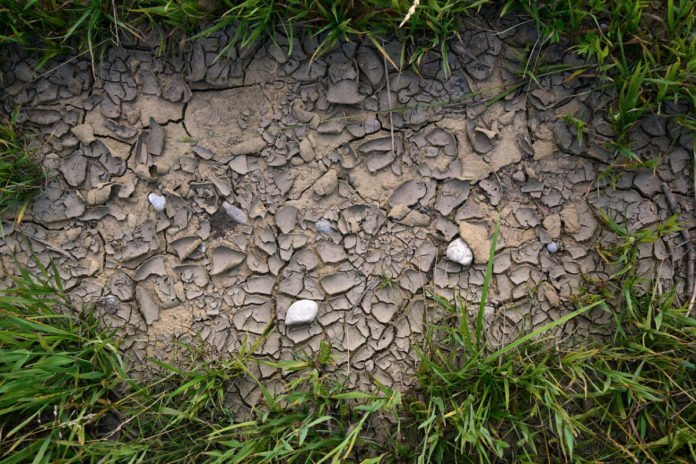There has been little or no rain over much of Ireland in the past week. The only significant rainfall was over north Ulster, west Connacht and the western fringes of Munster with these areas having between 40 and 75 percent of normal rain according to Met Eireann, writes Martina Harrington, Teagasc.
Looking at the Soil Moisture Deficit maps below from Met Eireann dated the 18th of May we can see many areas are experiencing soil moisture deficits across all soil types. What does this mean for grass growth?
Where you see a deficit of more than 1 inch (25-30mm), you will have a negative impact on growth rate. Where that deficit has grown to 2 inches (50mm), growth rate will be significantly reduced.
From PastureBase Ireland, we can see that average farm covers are beginning to fall below the recommended 700kg DM/ha/day, while demand on some farms is beginning to catch up with and pass out growth.

Lessons learned
It is an ominous reminder of the summer of 2018. We need to draw on the lessons we learned in 2018 and put a plan in place today to stretch out grass. If growth rates decline on your farm, take the following action:
- Keep to your rotation
- Graze down tight to 4cm, do not waste grass
- If growth is 50kg DM/ha hold the rotation length at 21- 25 days, if it falls below 40kg DM/ha start to stretch the rotation to 30 days. Feed silage/hay if necessary
- Do not take out strong paddocks, strip graze them
- Keep fertiliser out as per fertiliser plan, 20 units of Nitrogen
- If there is allowance in your nutrient management plan use a compound, 2018 showed us farms with good soil fertility bounced back the quickest
- Prioritise breeding stock, you need to get cows back in calf
- Take your first cut silage as soon as possible and then apply slurry or fertiliser .
- If rain is definitely forecast apply slurry
- Do not apply slurry if there is no rain coming as you will get a crust
- Alternatively apply a compound fertiliser
- Do not use Urea
- Cull unproductive cows (not in calf, late calving cows, and poor performers) to reduce demand.
- Plan to wean Autumn born calves and restrict cows
- Plan to wean early born lambs and restrict ewes
- Identify cattle that could get rolled barley at grass to reduce demand and speed up finish
- Ensure you have a good water supply, water intake could double.
- Have fertiliser on farm so you can apply as soon as weather changes.
It is early days yet, there are some parts of the country that are only moderately affected, there are some other areas that may get enough rain to reduce the deficits in the coming week and there are areas that are already severely affect and may get no rain.
A stitch in time saves nine and having a plan in place can help you turn your situation around quickly. We will monitor the situation and update our advice accordingly.





